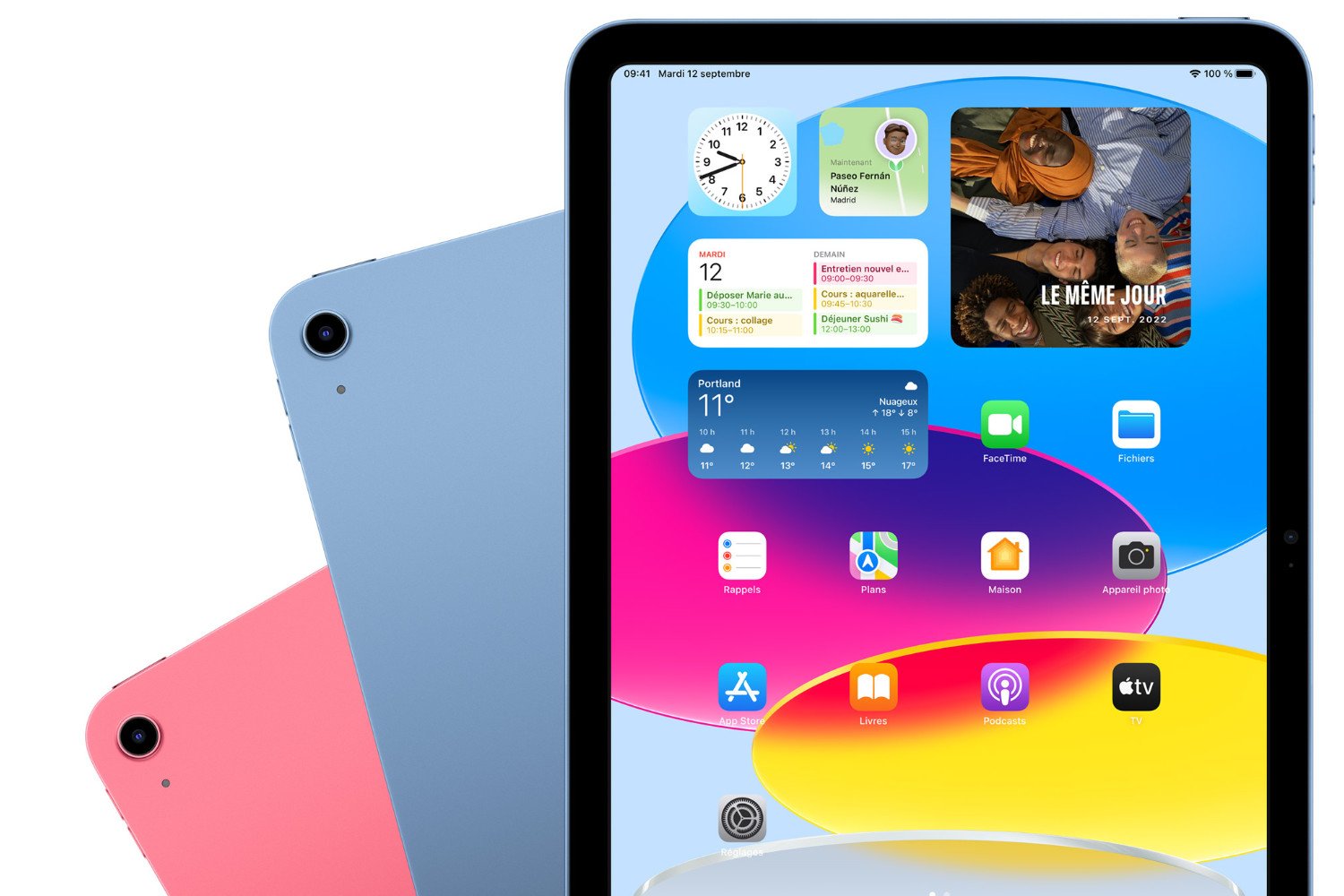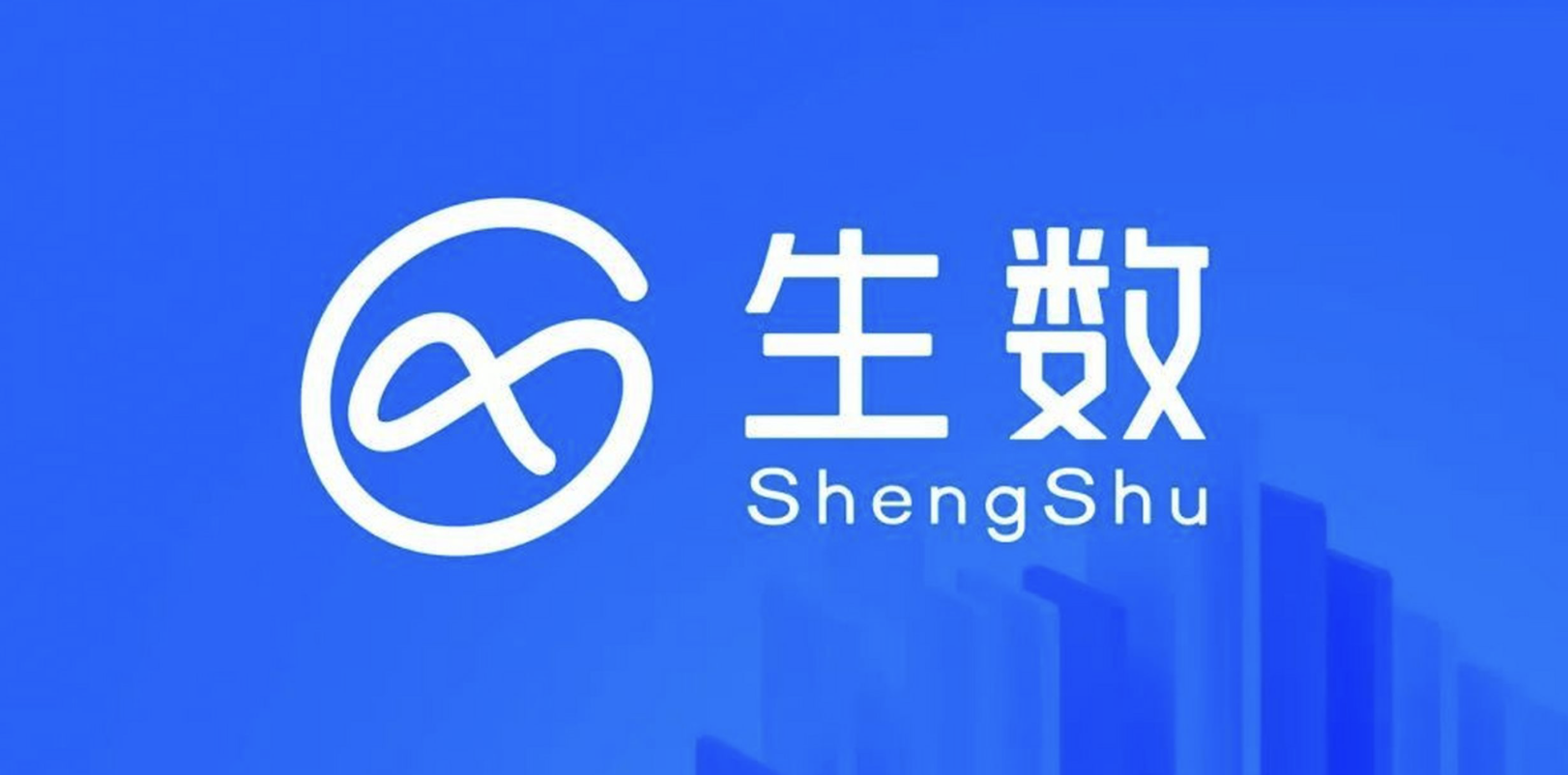Imagine an office where communication flows effortlessly, employees feel connected despite physical distance, and collaboration is not a challenge but a seamless part of the workday. Sounds ideal, right? That’s precisely what a social intranet brings to the table.
Workplaces are now combining offline and online modes, with some companies adapting to a blended way of working. However, many of these organizations struggle with improving employee engagement and communication across a distributed and digital workplace.
Traditional communication tools often feel outdated, especially for new-age employees, limiting the sense of community within the workplace.
Enter social intranet software—a modern solution that marries the familiarity of social media with the structured functionality of intranet systems. By transforming internal communication into a dynamic, engaging experience, a social intranet helps organizations thrive in a connected world.
Let’s explore how a social intranet solution can transform workplace communication and why it’s becoming essential for next-generation companies.
How a Social Intranet Transforms Workplace Communication
What is an Intranet?
An intranet is a private, internal network companies use to share information and resources among employees. Think of it as an exclusive hub that houses critical documents, project updates, company policies, and more—all available at the click of a button but only accessible to those within the organization.
Historically, intranets have been a go-to solution for centralizing information and simplifying internal communication. They provide a secure employee portal to access essential tools, collaborate on projects, and stay up-to-date with company news.
However, many traditional intranets have been known for being static and difficult to navigate, offering little to improve employee engagement or social interaction.
The purpose of an intranet is clear—it’s designed to improve productivity by ensuring everyone has access to the information they need to do their jobs. However, as workplace dynamics evolve, a static company intranet alone can no longer facilitate collaboration or build a strong company culture.
Enter Social Intranet!
What is a Social Intranet?
A social intranet is an evolved version of the traditional intranet designed to promote engagement and communication by incorporating features inspired by social media.
While a traditional intranet focuses on document storage and sharing, a social intranet adds an interactive layer, enabling employees to collaborate, comment, share updates, and engage in conversations—essentially transforming the company’s internal network into a vibrant social community.
With features like news feeds, chat functions, forums, and employee directories, social intranet software creates a more engaging and inclusive environment.
Employees can comment on posts, share insights, recognize colleagues, and participate in discussion threads, making it an ideal tool for strengthening team relationships and promoting knowledge sharing.
By blending functionality with social interactivity, intranet software helps nurture a sense of belonging and improves the overall employee experience. It goes beyond just housing information—it’s about creating a connected, engaged workforce where everyone feels informed, valued, and empowered to contribute.
Social intranet vs. traditional intranet
Let’s see how social intranet software differs from a traditional intranet.
| Features | Traditional intranet | Social intranet |
| User experience | Often static and rigid, traditional intranets can be challenging to navigate, with outdated user interfaces and limited interaction options. They act more as a digital filing cabinet rather than a communication tool. | Prioritizes user experience with interactive elements like comments, likes, and shareable content. Employees can easily engage with one another, fostering collaboration and open dialogue across teams. |
| Communication and engagement | Communication is one-sided, often top-down, with limited interaction. Employees receive information but have little opportunity to respond or engage | Encourages two-way communication with features like instant messaging, discussion boards, and collaborative spaces. Employees are encouraged to share feedback, discuss ideas, and stay engaged in real time |
| Collaboration tools | Focused primarily on information dissemination, offering basic collaboration features such as document sharing | Equipped with a suite of collaboration tools such as file sharing, task management, and team workspaces, enabling employees to work together more efficiently |
| Company culture | Can feel impersonal and disconnected, doing little to enhance the company culture or foster relationships between employees | Acts as a social space that encourages community building, recognition of peers, and cross-department collaboration, helping to strengthen company culture |
While both types of intranets aim to facilitate communication and information sharing, social intranet software takes things a step further by prioritizing employee engagement, collaboration, and interactivity—making it the go-to solution for companies looking to build a more connected and engaged workforce.
Key Features of a Social Intranet
A social intranet offers a range of modern features that go beyond traditional intranets, facilitating real-time collaboration and enhancing internal communication to create a cohesive and interactive work environment.
Let’s explore some key features that set social intranets apart and how they contribute to a more connected and efficient work environment.
1. Collaborative tools
One of the biggest advantages of social intranet software is its ability to facilitate real-time collaboration. Tools like chat, mentions, and task comments allow team members to communicate quickly and directly, eliminating delays in decision-making and problem-solving.
offers several collaborative features that integrate seamlessly into a social intranet.
Chat, for example, enables instant messaging across teams, allowing employees to stay connected without needing external apps like Slack or Microsoft Teams.

Whether it’s a quick check-in or an in-depth discussion, Chat brings conversations right into your workspace, reducing the clutter of emails. Plus, with the ability to tag colleagues using @mentions, team members can notify one another instantly, assign urgent tasks, or ask for feedback—all within a single platform.
This seamless communication streamlines collaboration and ensures that no update is missed.
Meanwhile, Whiteboards and Docs make it easy for teams to co-create documents, brainstorm ideas, and organize plans in real time.


With Whiteboards, you can visually map out strategies, workflows, or project timelines. Additionally, Docs serve as a space for collaborative note-taking, content creation, or knowledge-sharing. This ensures that team collaboration remains fluid, engaging, and productive, even for remote workers.
And if you’re looking to boost efficiency, Brain, powered by AI, automates repetitive tasks and speeds up the ideation process.


Whether generating project templates or offering smart suggestions for the next steps, this tool helps your team stay focused on the work that matters most, leaving the mundane tasks to automation.
Each tool allows your team to collaborate better, communicate faster, and achieve more, all within one intuitive platform.
As Joerg Klueckmann, VP of Marketing at Finastra, says:
Leveraging as a centralized platform for visibility, transparency, and collaboration across teams has helped Finastra boost its collaboration effectiveness by 30%.
2. Social networking
Social Intranet platforms take cues from popular social media platforms, integrating features that allow employees to interact, share updates, and engage in discussions. Employees can create profiles, share posts, like and comment on updates, and even participate in discussion groups or forums.
The social networking capabilities transform the intranet into a more dynamic space where everyone can contribute and engage about the company’s internal needs.
The ability to follow updates, comment on posts, and recognize peers publicly for their contributions also helps build stronger relationships within the team. This type of interaction contributes to employee satisfaction, recognition, and a more engaged workforce.
3. Integration capabilities
A major benefit of a modern social intranet is its ability to integrate with various tools and software, allowing employees to access everything they need from a single platform.
’s Integration capabilities provide an excellent example of this functionality. integrates with over 1,000 tools, such as Google Drive, Dropbox, Zoom, Microsoft Teams, and Zapier.
With a social intranet that supports robust integrations, employees can access everything from project and team management tools to video conferencing software through a single interface.
4. Search functionality
A strong search feature is critical to any social intranet. It ensures employees can quickly find the information they need without wasting time sifting through endless documents or emails. This is where ’s Universal Search stands out.


The Universal Search enables you to search for anything across Tasks, Docs, Comments, and even external apps integrated with . Whether you’re looking for a specific document, conversation, or project, this feature lets you find it in seconds.
With such an advanced search capability, employees can stay focused on their tasks without getting bogged down by inefficient information retrieval processes.
How to Create a Social Intranet in Your Workplace
Implementing a social intranet in your workplace requires a strategic approach to ensure success. From setting clear goals to fostering employee engagement, each step is crucial in creating a collaborative platform that enhances teamwork.
Let’s walk through the process of building an effective social intranet:
Step #1: Define the goals of the intranet rollout
Before rolling out your social intranet, it’s important to define your organization’s specific goals. What do you want to achieve? Whether it’s improving communication, increasing employee engagement, or enhancing collaboration, these objectives will guide the entire implementation process.
The Goals feature can help you align your social intranet’s development with your organization’s larger strategic objectives.


With Goals, you can:
- Set SMART goals (Specific, Measurable, Achievable, Relevant, and Time-bound) when it comes to setting up a social intranet
- Track progress with Milestones along the journey of your project
- Monitor KPIs (Key Performance Indicators) to measure the success of your intranet rollout
Step #2: Roll out functionality step-by-step
Rather than introducing the full suite of intranet features all at once, consider a step-by-step rollout to ease adoption. This allows employees to get comfortable with the platform in phases, reducing any overwhelm and encouraging gradual engagement.


Tasks can help you organize the rollout process by helping you:
- Create tasks for each phase of the intranet’s implementation
- Assign responsibilities to relevant team members
- Set deadlines and track progress to ensure everything stays on schedule
This methodical approach allows you to troubleshoot issues and get feedback before proceeding to the next phase, ensuring a smoother transition.
Step #3: Foster employee engagement
Social intranet platforms are only effective if your employees are actively using them. Engaging employees from the start will help drive adoption. Collaborative features like Chat, @mentions, and Assign Comments can play a huge role here. For instance:
- Chat lets teams communicate directly, just like in social media apps
- @mentions enable users to tag colleagues in conversations or tasks, keeping the flow of communication dynamic
- Assign Comments ensures that feedback and action points are directed to the right person, promoting accountability
Collecting feedback using Forms is another excellent way to enhance employee engagement. Additionally, tools like Whiteboards allow for real-time brainstorming and planning, making it easy to create collaborative workspaces where everyone can contribute ideas.
Step #4: Populate the intranet with relevant content
Once your intranet platform is ready, it’s essential to fill it with useful and relevant content. This could include company updates, knowledge base articles, onboarding resources, or team announcements.
Brain and Docs features can help facilitate content creation, making it easier to produce high-quality material.
Content Plan Template
To keep your content strategy organized and consistently engaging, the Content Plan Template offers a structured approach to planning your intranet’s content pipeline.
This template allows you to map out your strategy, track goals, assign tasks, and set deadlines for content creation, ensuring your team remains on track. With customization options, you can tailor it to fit your specific needs, whether you’re focusing on blog posts, announcements, or employee spotlights.
This template can also help you:
- Discover relevant topics: Research and identify subjects and information sources that will engage your target audience
- Stay organized: Maintain a structured approach to managing tasks and adhering to deadlines
- Collect insights: Gather data and analyze it to guide your future content strategies
- Align with objectives: Ensure that your content creation aligns seamlessly with your overarching marketing goals
Moreover, you can leverage the Posting Calendar Template, which can help schedule and manage the timing of content releases. This template is perfect for visualizing your publishing schedule, coordinating with teams, and ensuring that key updates are shared regularly.
Step #5: Involve users throughout the process
Successful intranet adoption requires continuous input from your employees. Involve users at every stage—from planning and testing to feedback collection and content creation. This will help ensure that the platform addresses their needs and is aligned with how they prefer to work.
Create dedicated spaces where employees can share suggestions and participate in the development process. By involving your team, you can ensure that the social intranet serves as a collaboration platform and makes work easier for everyone.
Benefits of a Social Intranet
A well-implemented social intranet brings a host of advantages to any organization. Here are some of the key benefits:
Enhanced communication
A social intranet improves communication by creating a centralized hub where employees can access important updates, communicate with peers, and collaborate on tasks.
Instant messaging, discussion threads, and the ability to share files instantly all contribute to more efficient workplace interactions.
Improved productivity
With easy access to information, streamlined collaboration tools, and the ability to integrate third-party apps, a social intranet enhances productivity by reducing the time spent searching for resources or switching between platforms.
Employees can focus more on their work and less on administrative tasks.
Knowledge sharing
One of the most valuable features of a social intranet is its ability to serve as a knowledge repository. Employees can contribute their expertise and insights, making it easy for others to access institutional knowledge.
This encourages a culture of learning and knowledge-sharing across the organization.
Enhanced employee satisfaction
A social intranet can significantly boost employee satisfaction by promoting engagement and employee voice through features like social networking and feedback tools. Feeling connected and valued within the organization ultimately leads to increased morale and retention rates.
Best Practices for Social Intranet Adoption
To ensure the long-term success of your social intranet, follow these best practices for better adoption:
- Get leadership buy-in: Ensure top executives are on board with the initiative and actively use the platform
- Provide training: Offer comprehensive training sessions to help employees understand how to use the intranet effectively
- Promote usage: Regularly remind employees of the platform’s benefits and encourage them to explore new features
- Keep it updated: Continuously update the content and features to keep the intranet fresh and relevant
- Encourage feedback: Regularly collect employee feedback and make adjustments to improve the user experience
Enhance Your Internal Communication With
A social intranet platform is the backbone of a connected, collaborative, and engaged workforce. When done right, it transforms the way teams work, share knowledge, and stay aligned with the organization’s goals.
With , creating a social intranet is a breeze. Its powerful collaborative tools, such as Chat, Mentions, and Assign Comments, ensure seamless interaction.
The ability to integrate with other essential tools means you won’t miss a beat. Features like Whiteboards and AI-powered Docs enable creative collaboration in real time. Plus, you can plan and organize content effortlessly with useful communication plan templates.
Ready to transform communication, engagement, and productivity within your organization?
Try for free today and experience how easy and impactful a social intranet can be. 🚀


Everything you need to stay organized and get work done.













